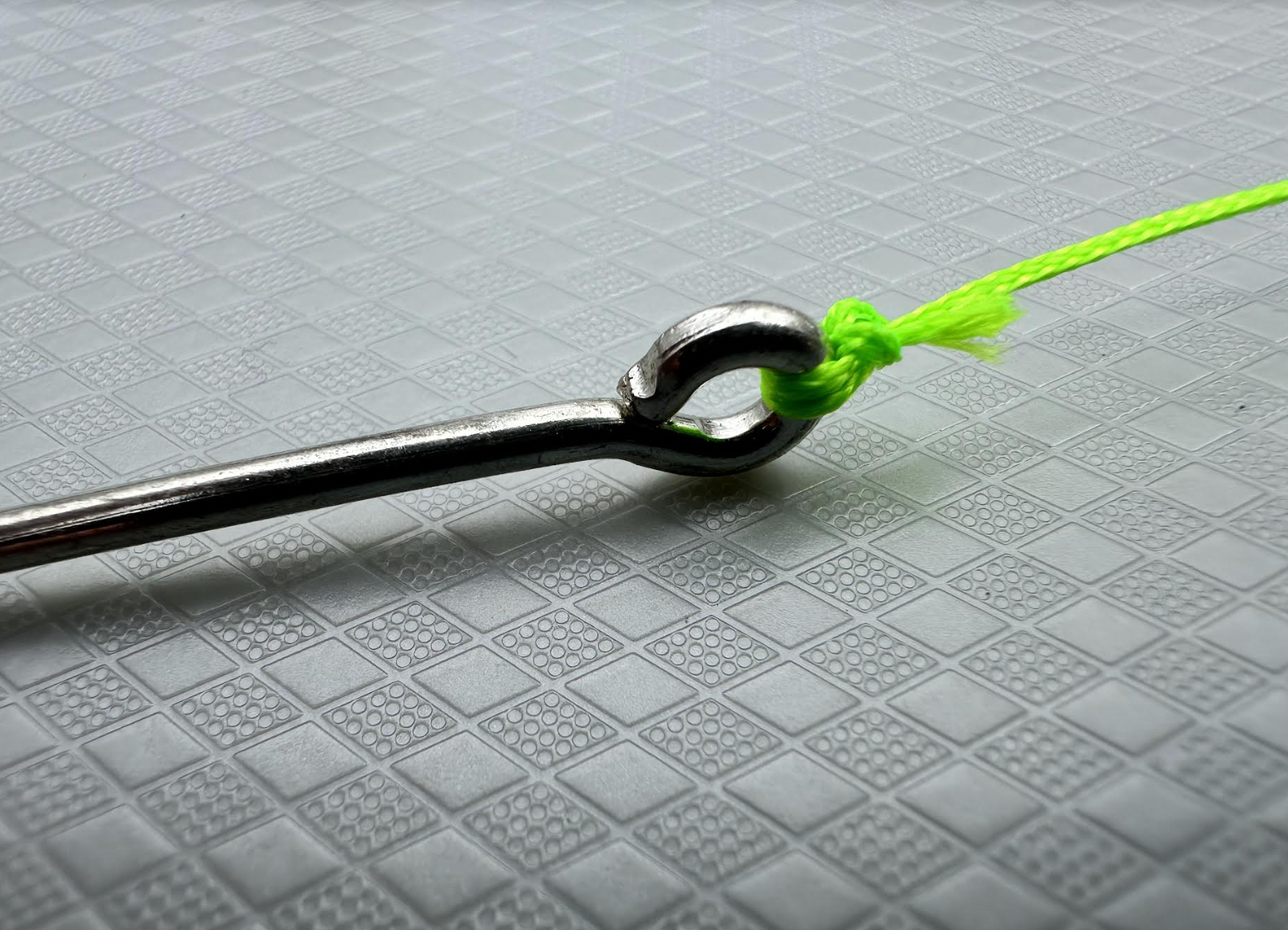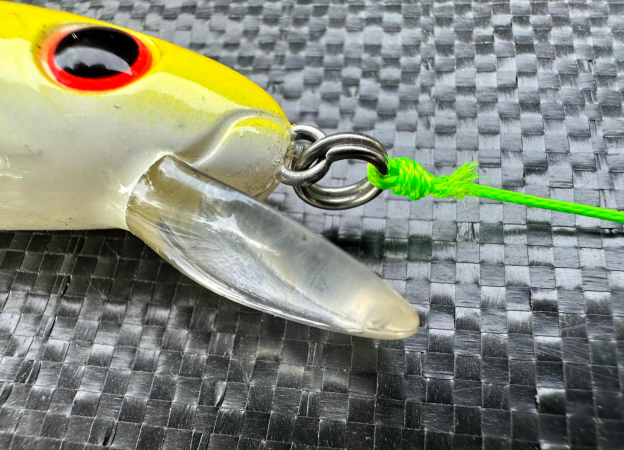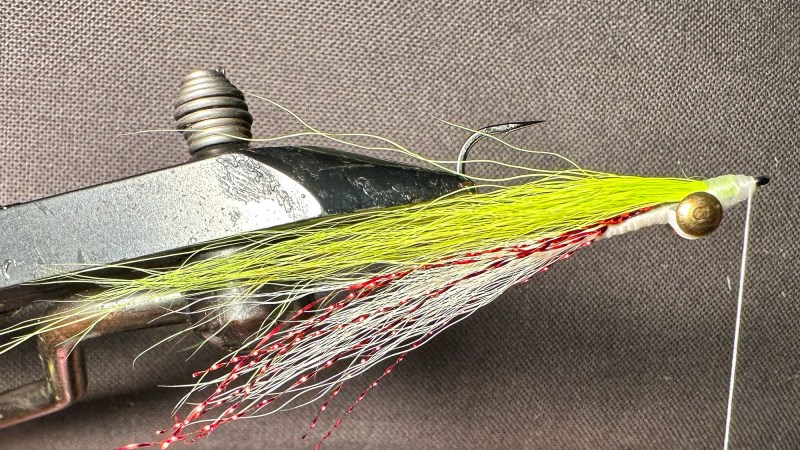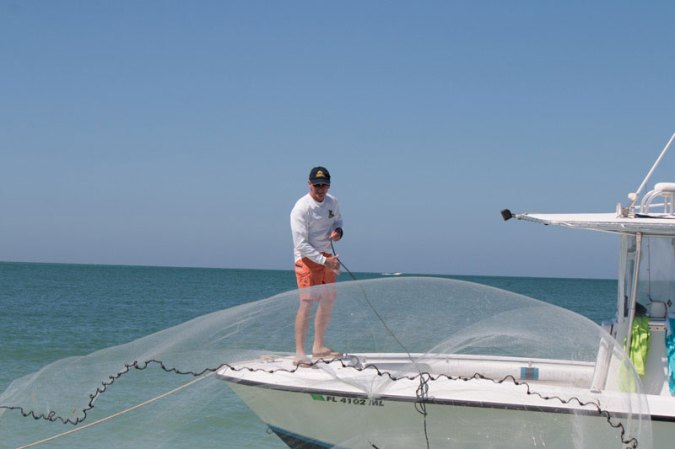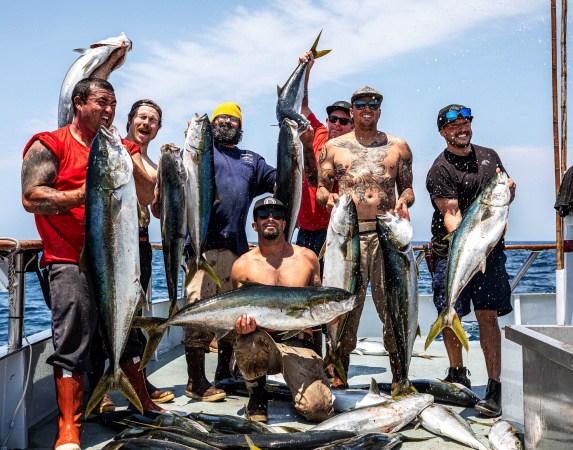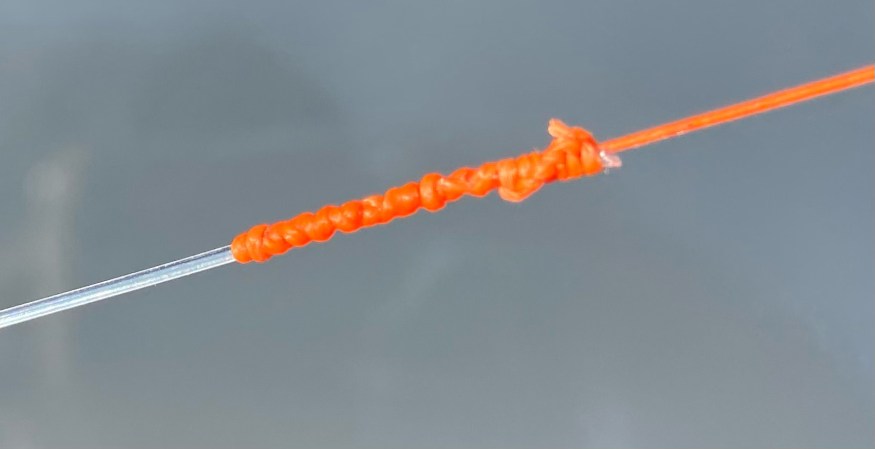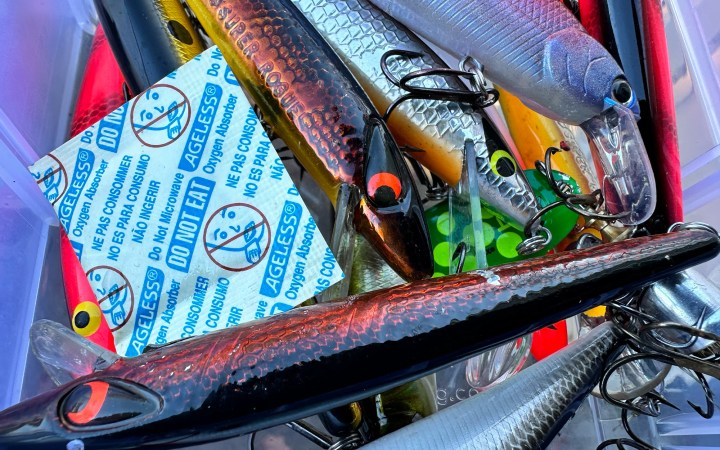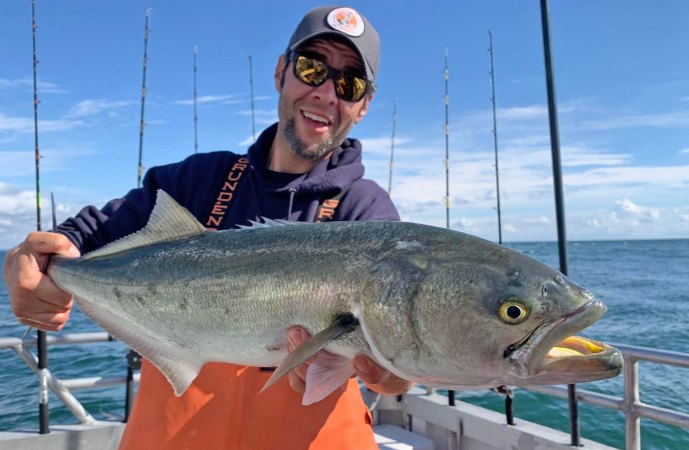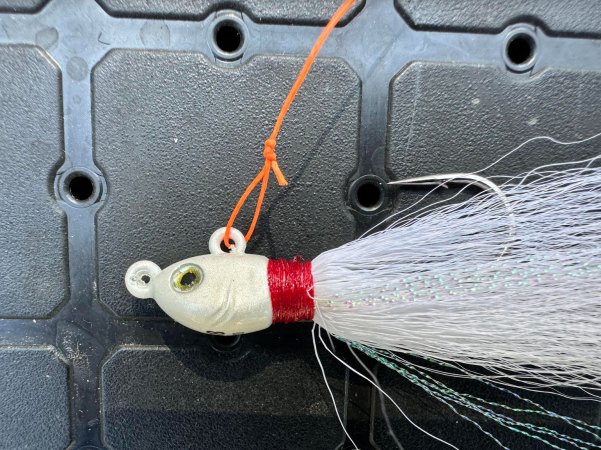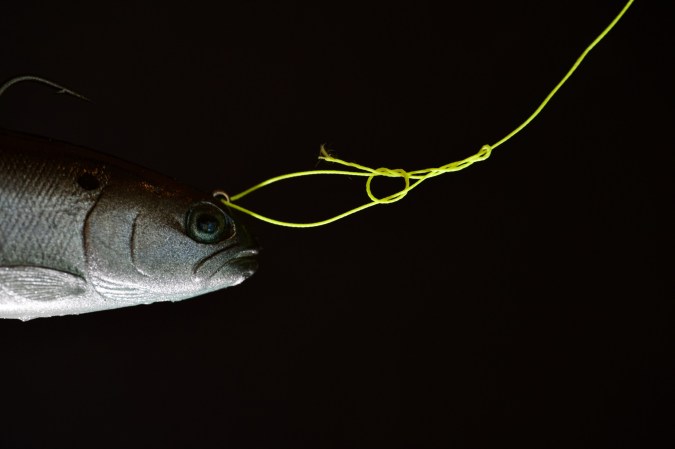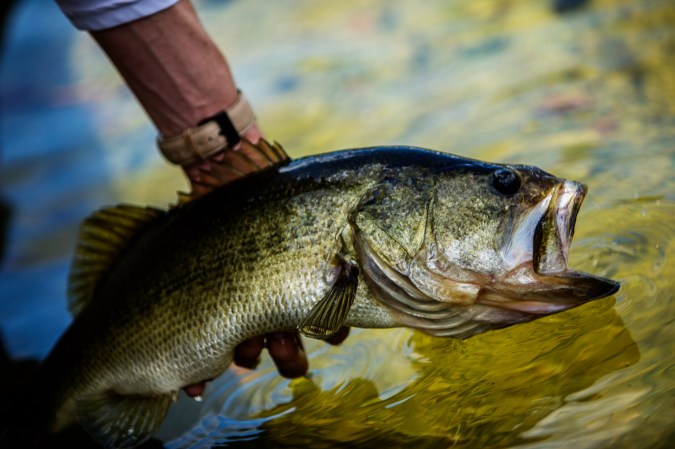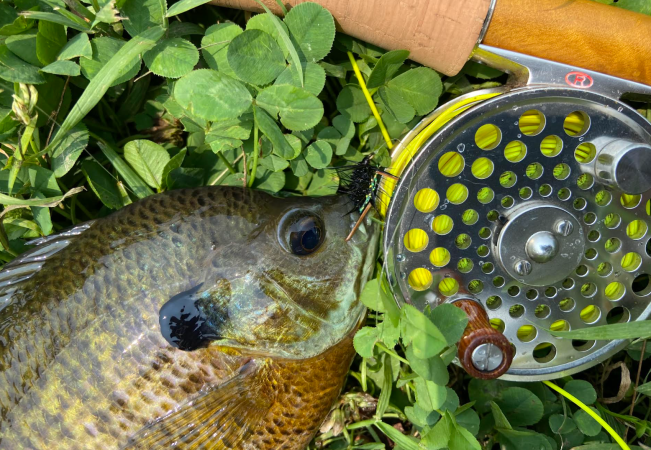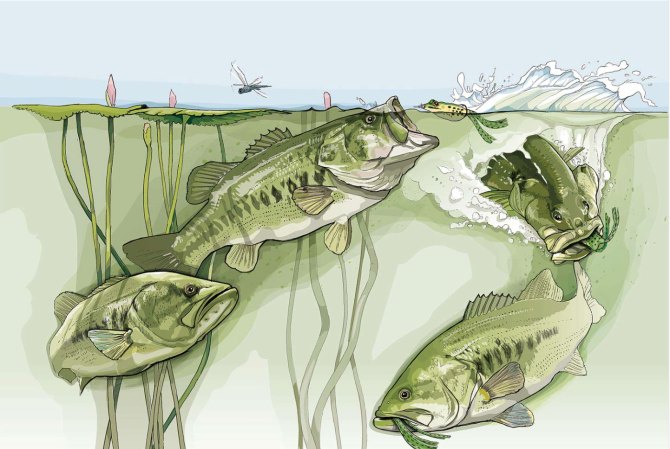There’s not much on the internet regarding the history of the Palomar knot beyond it being created by Chet Palomar, a Scoutmaster in the Boy Scouts of America. No matter the full story, every angler in the world should be tipping their hat to old Chet. I don’t think it’s a stretch to say that the Palomar is one of the most important knots for anglers to learn.
Not only is it incredibly simple, but it’s also arguably the strongest angling knot. Best of all, it’s extremely versatile. Here’s a basic guide on how to tie a Palomar knot and a few tips for keeping your Palomar knots from failing.
Why the Palomar Knot Works

Many of the knots we use today were invented in eras when monofilament line was the only option for anglers. Mono, of course, has properties that make knots like the popular improved clinch and uni knot hold very well. When a knot cinches tightly in mono, micro abrasions within that knot increase its grip, making it more difficult for the knot to slip. But when braided lines and super lines hit the scene, their slick coating and ultra-thin diameters would cause classics like the uni and clinch to slip. The beauty of the Palomar is that it’s practically unbreakable regardless of the kind of line you’re using and its diameter, making the knot useful for marlin and bluegill anglers alike.
Its strength stems from a step where the line gets looped around what you’re tying on — and that could be anything from a lure to a single hook to a piece of terminal tackle like a swivel. Seeing that the only way for a Palomar to slip would be the entire knot loosening and somehow passing back around the object it’s securing, slippage is practically impossible. Many knots that boast high breaking strength have many steps and take practice to master, but not this one. Here are the few simple steps for tying a super strong Palomar knot.
How to Tie a Palomar Knot, Step-by-Step Guide
Step 1
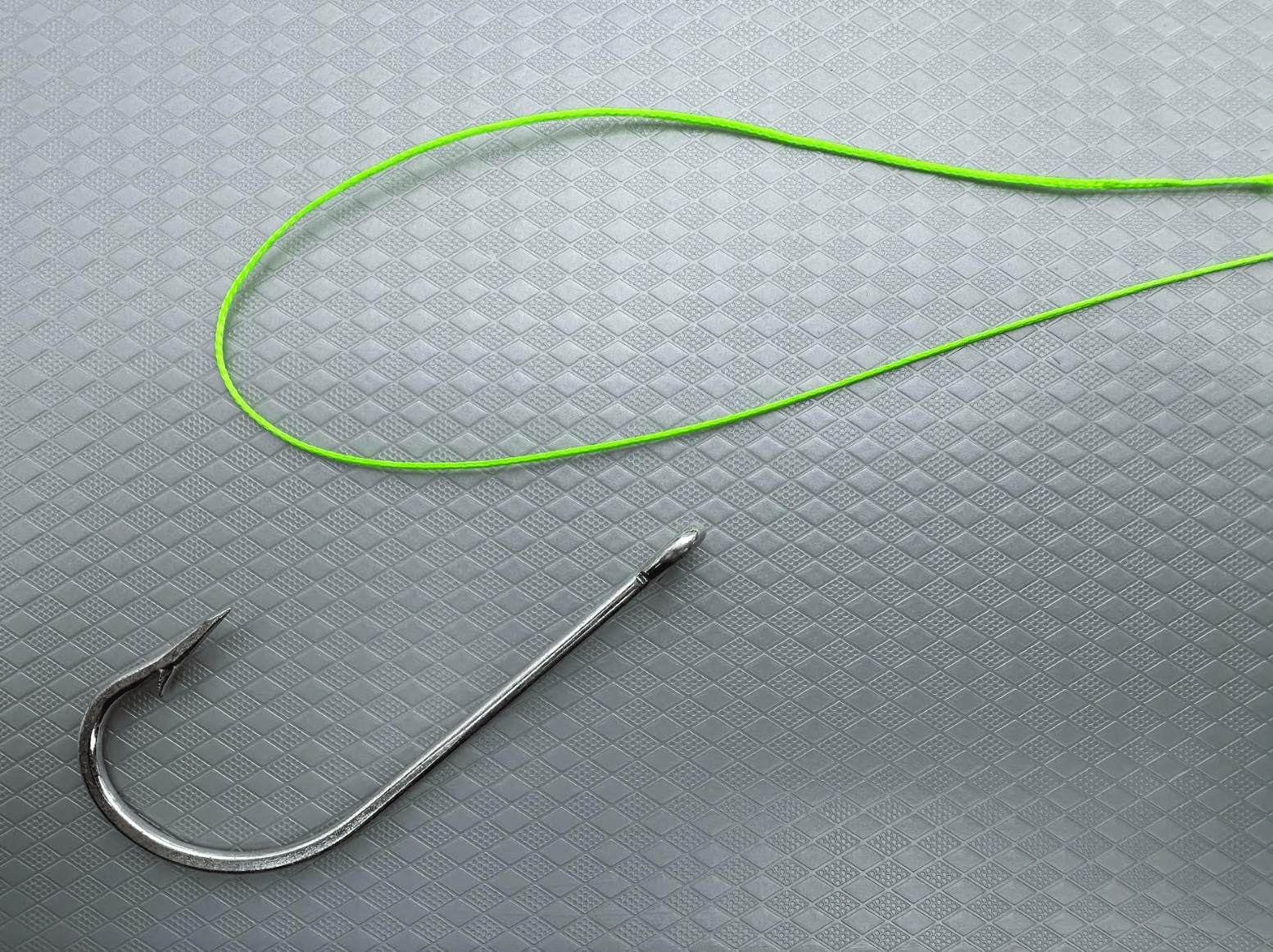
Start by doubling the end of the line or leader you’re using to connect your hook, terminal tackle, or lure. Make sure the doubled section is long enough that the loop it creates can be passed around the object you’re tying on.
Step 2
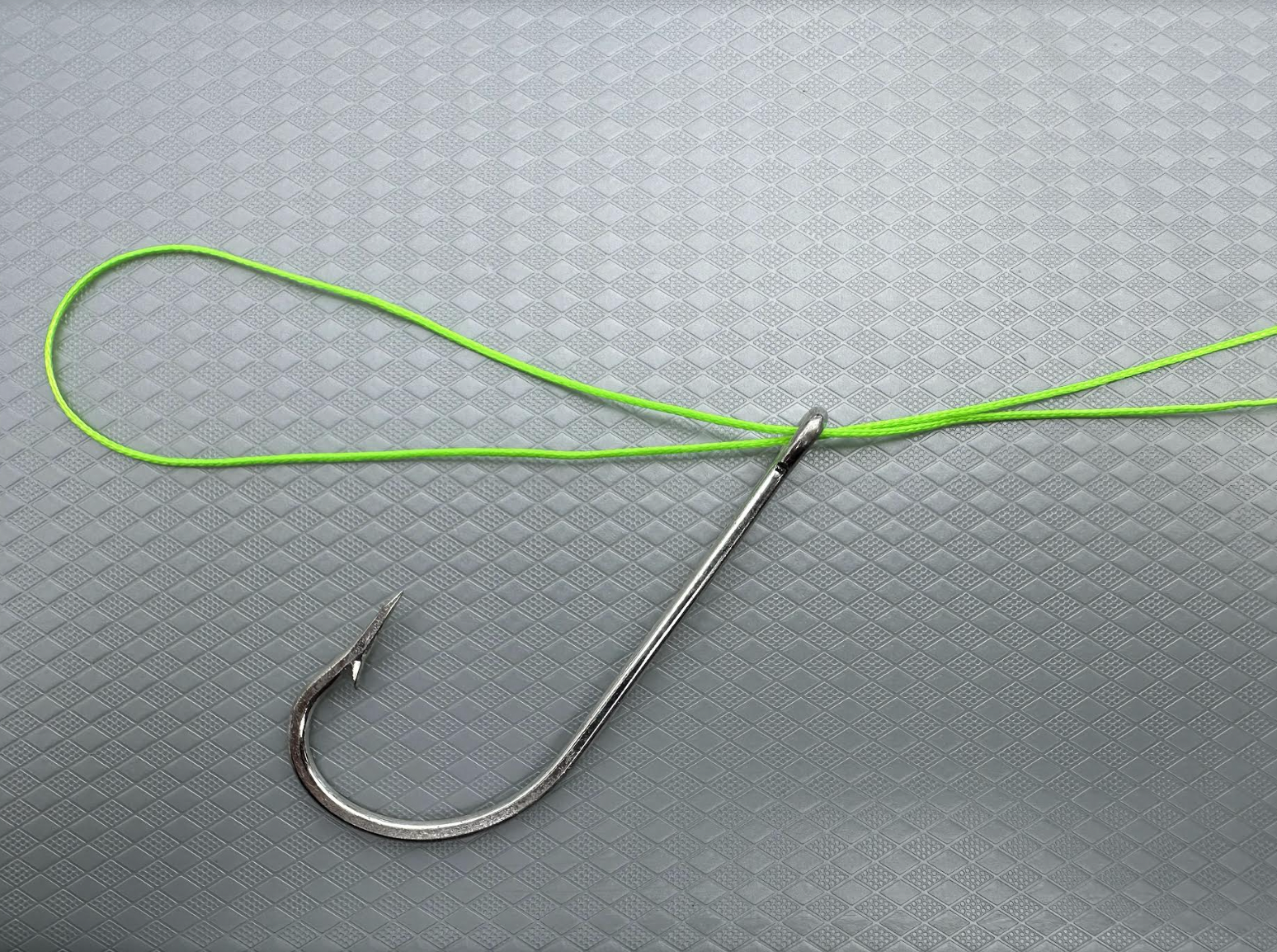
Pass the doubled line through the eye of the hook, lure, or terminal tackle. Pull it through far enough that you end up with a 3- to 4-inch tag end.
Step 3
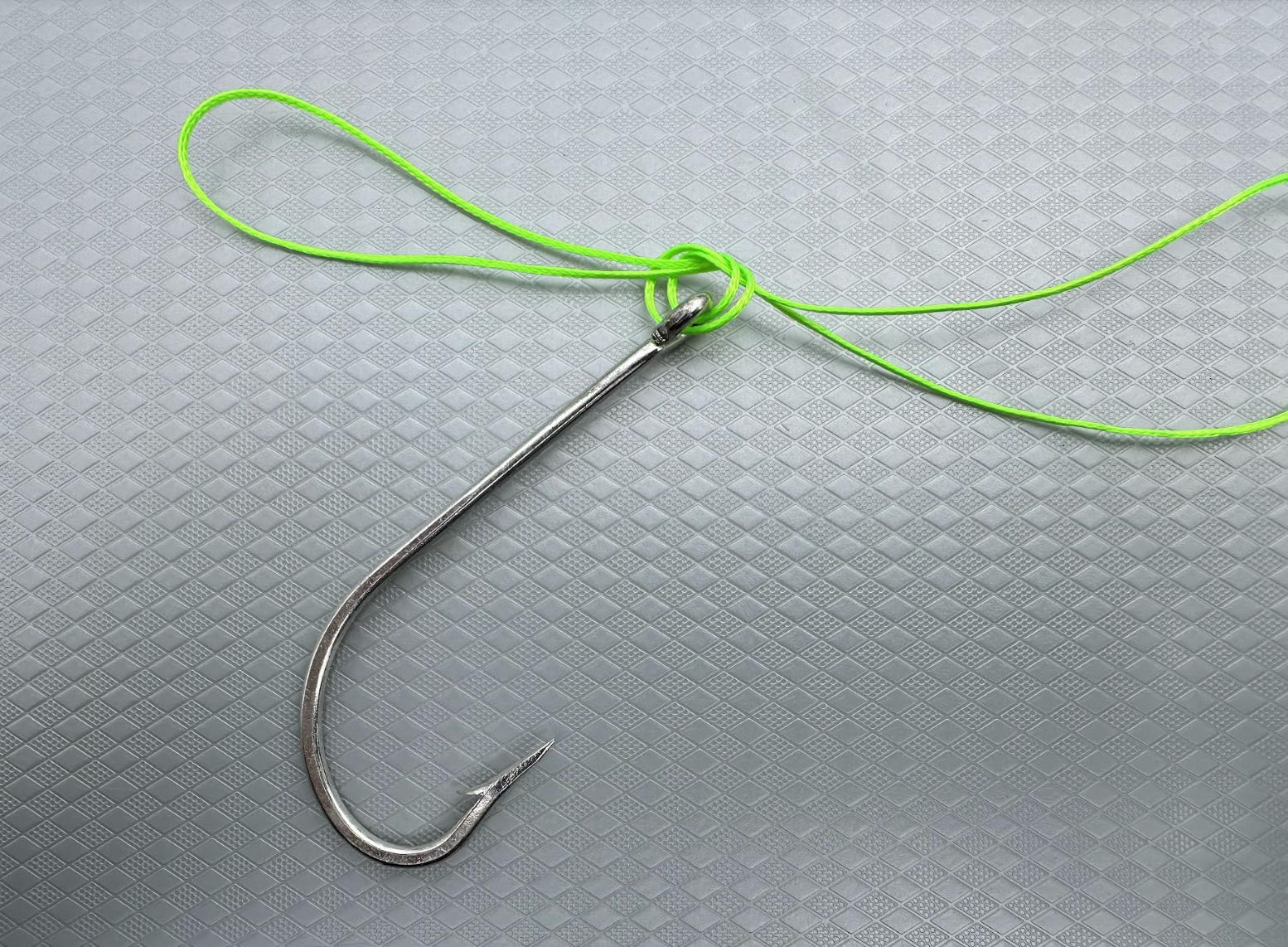
Tie a simple overhand knot with the loop created on the far side of the tackle you’re tying on and the tag end and main line. You can draw this knot down to make it smaller, but don’t cinch it tightly.
Step 4
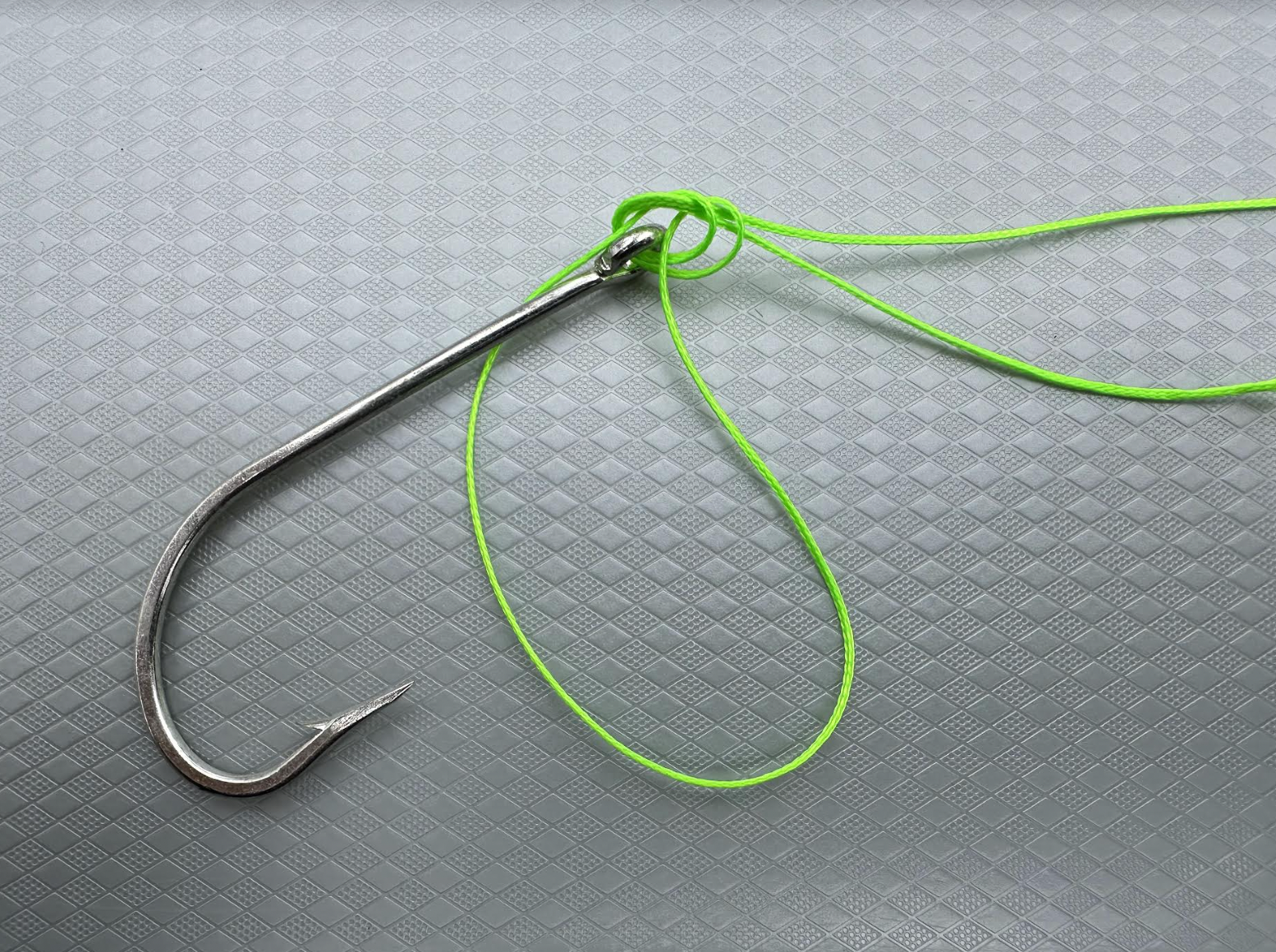
Pass the hook, lure, or terminal tackle through the loop that’s been created in the first steps.
Step 5
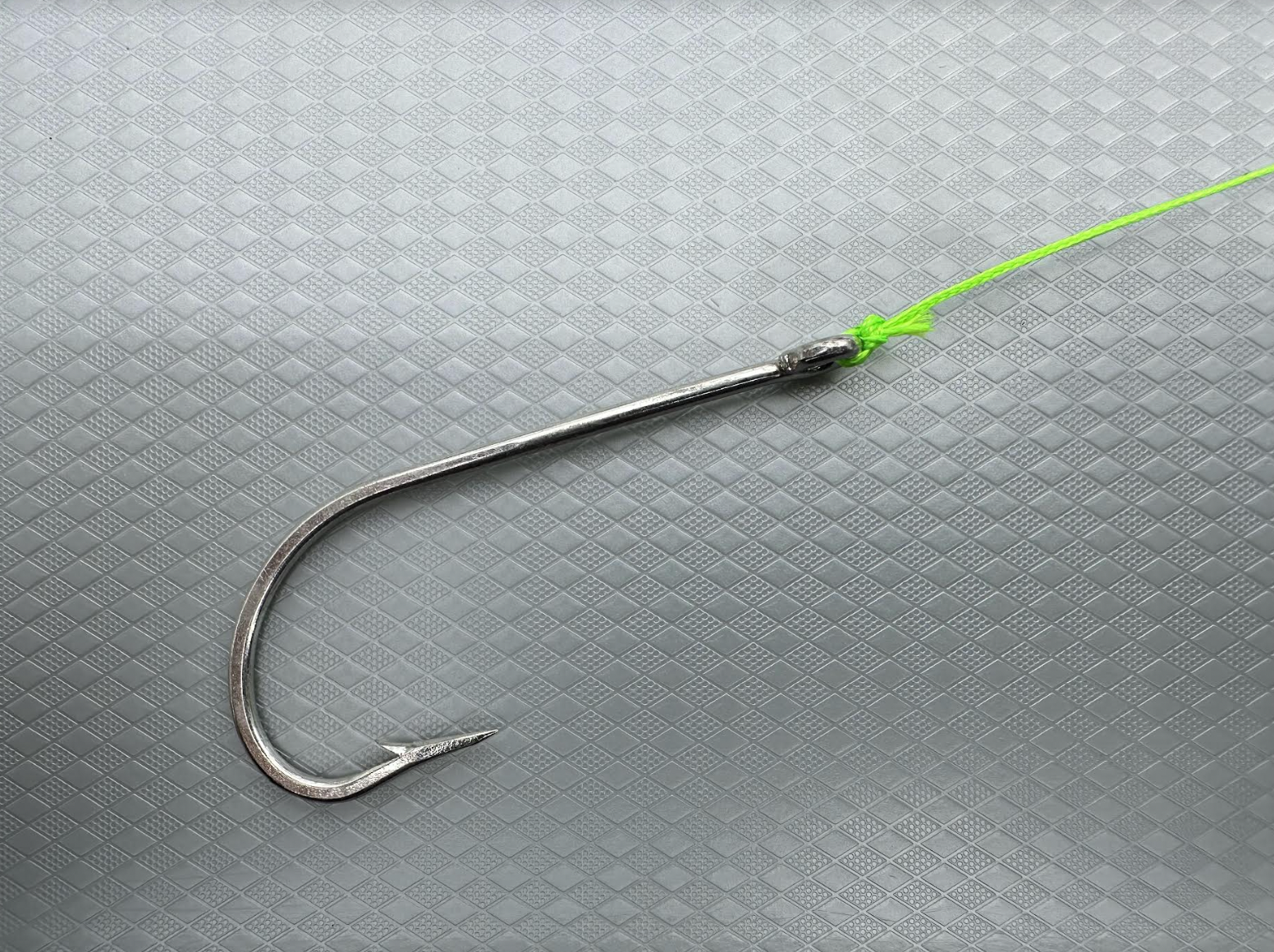
Grab the tag end and main line and slowly begin cinching the knot tight. Make sure the loop draws tightly around the knot at the eye of the hook, lure, or terminal tackle. You don’t want it to come tight below the eye or around the hook shank. Just before the final cinch, wet the knot with saliva. Once everything is seated properly, trim the tag end close to the knot.
The Power of Spit
Though the Palomar is extremely strong, that doesn’t mean it will never fail. Failure, however, is rarely — if ever — the knot’s fault. Most of the time, if it breaks it’s because of a weak point in the line within the knot. With monofilament and fluorocarbon especially, lubrication is critical before the final sync.
Read Next: How to Tie a Fishing Knot, the 9 Best Knots for Fishing
When you’re learning how to tie the Palomar knot, remember to not skip out on slightly wetting the knot with saliva, as it reduces friction thereby diminishing the chances for micro abrasions to form within the knot. Whereas these tiny abrasions can increase the strength of knots like the uni and clinch that lean on stacked coils of line, the configuration of the Palomar makes it possible for it to cut into itself if there’s a weak spot in the line.

